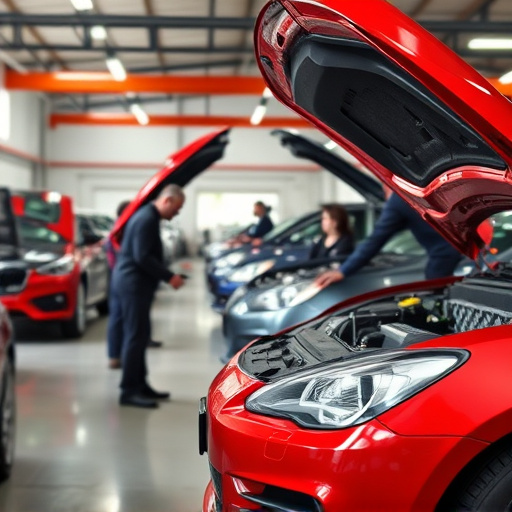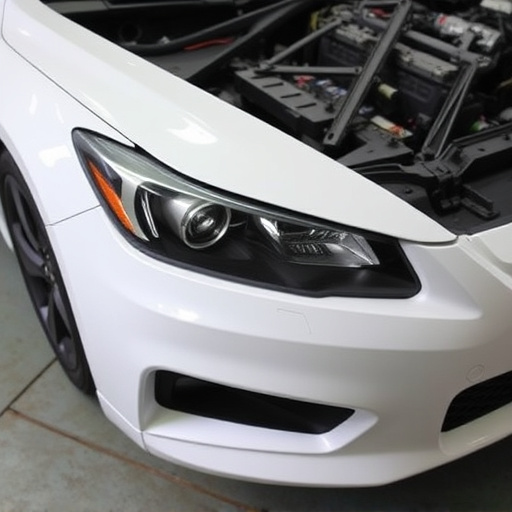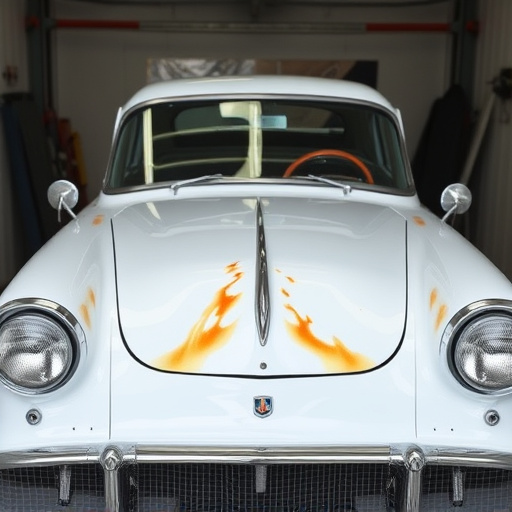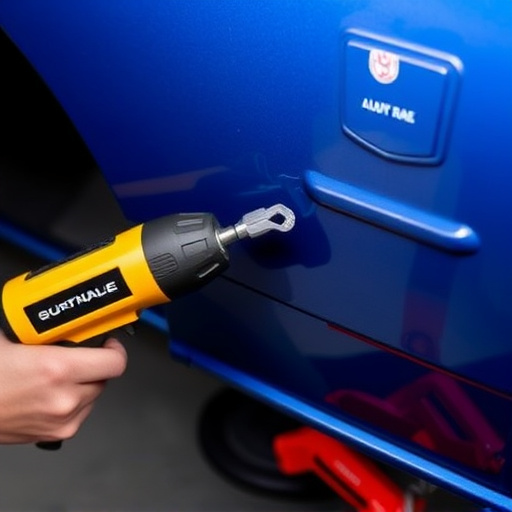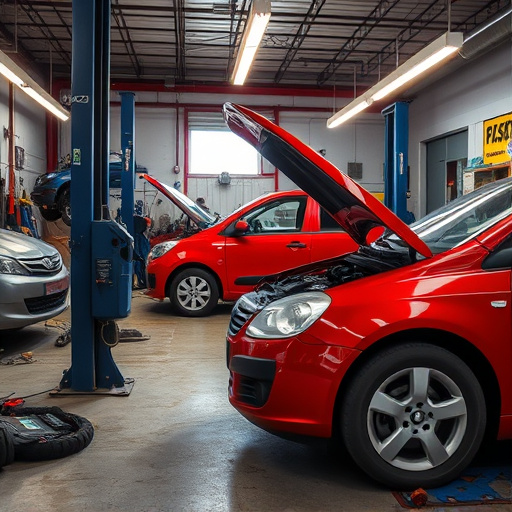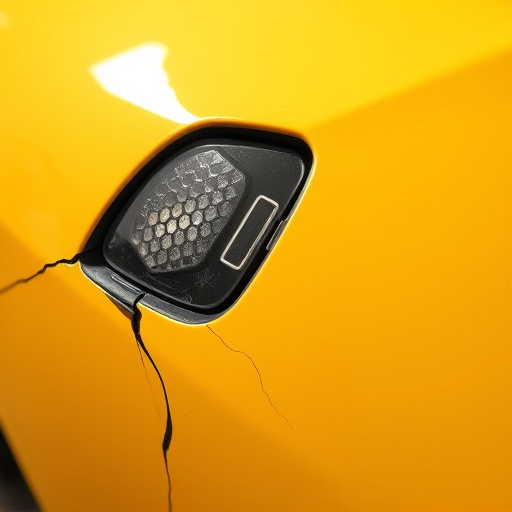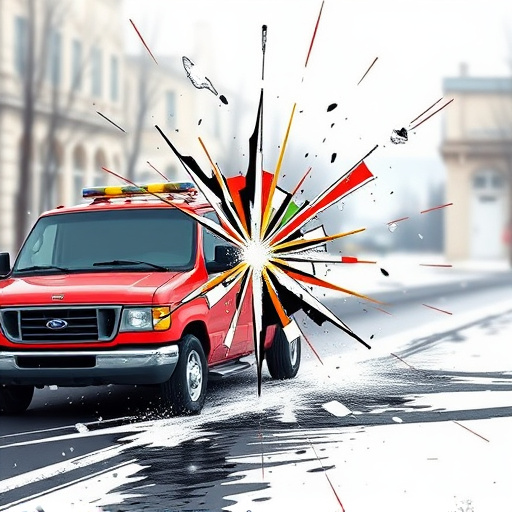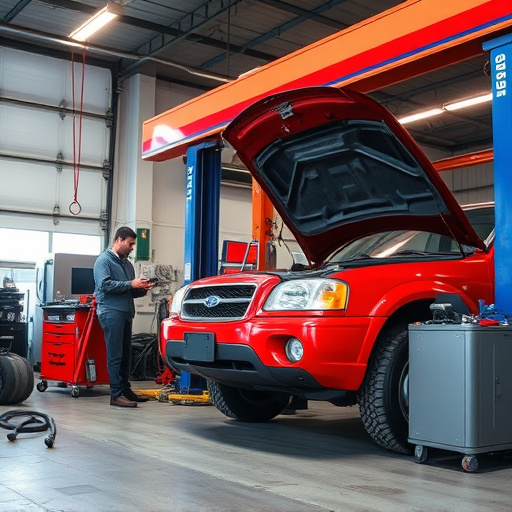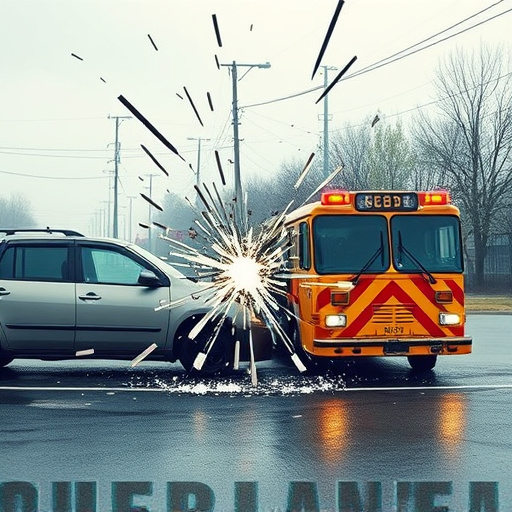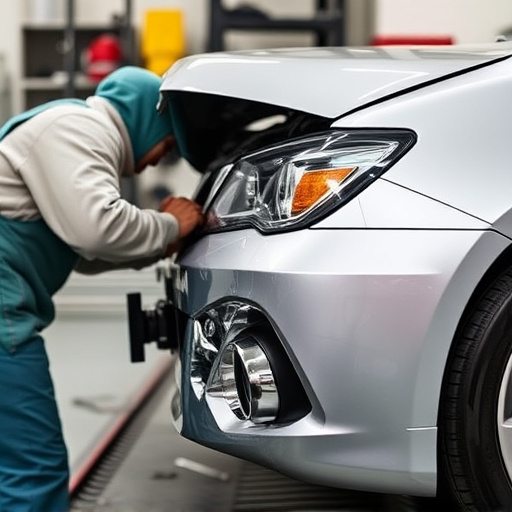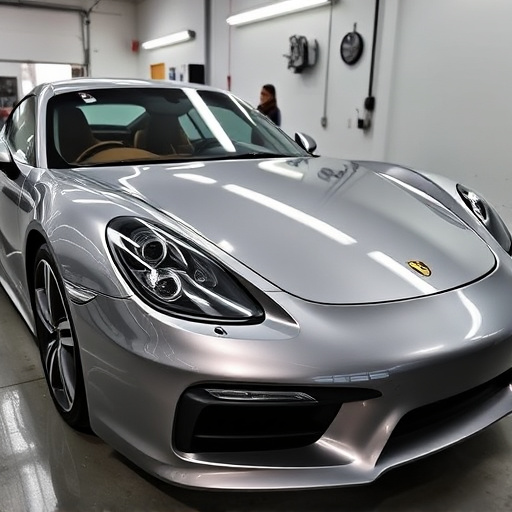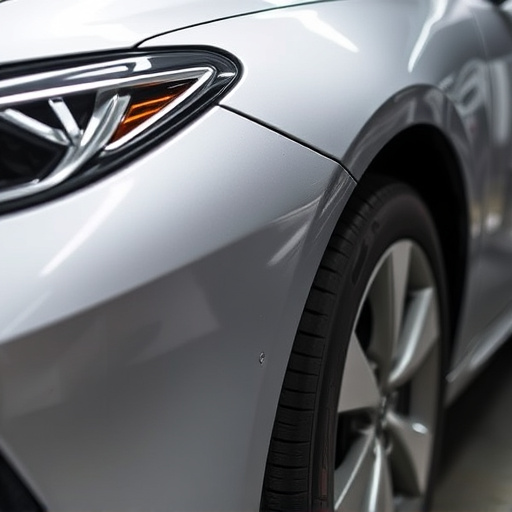Custom color matching collision repair offers a precise, cost-effective solution for minor auto glass damage and scratches, preserving the car's original look and value without full repainting. Ideal for specific panel repairs, it extends coating lifespan and minimizes environmental impact, making it an eco-friendly choice over traditional full repaint methods.
When a vehicle sustains damage, the decision between full repaint and custom color matching can be tricky. This article guides you through navigating this choice, focusing on when custom color matching is a viable—and often more efficient—alternative to a complete repaint. We’ll explore how to evaluate damage, understand the cost-effectiveness of color matching, and uncover time-saving tips for a collision repair that preserves both quality and your budget.
- Understanding Custom Color Matching: When It's Viable
- Evaluating Damage: Knowing When Full Repaint is Necessary
- Cost-Effectiveness and Time-Saving Tips for Color Matching
Understanding Custom Color Matching: When It's Viable
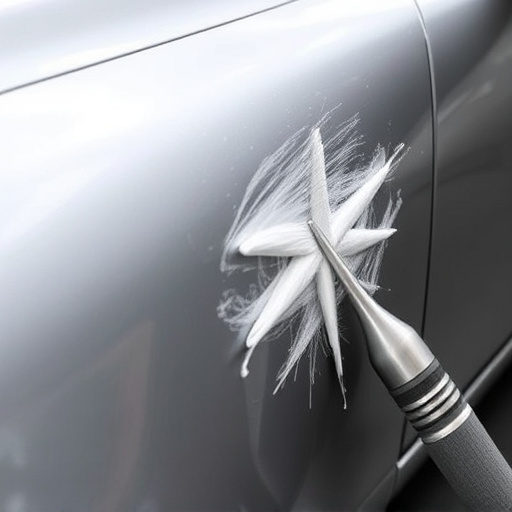
Custom color matching is a specialized process that offers a practical alternative to full repainting when it comes to auto glass repair and automotive restoration. It’s particularly viable for collisions or scratches on vehicle surfaces, providing an efficient and cost-effective solution. This method involves precisely mixing and applying pigments to match the original color of the damaged area, ensuring seamless integration with the rest of the vehicle’s finish.
By utilizing custom color matching, you can avoid the time and expense associated with a complete repaint job. It’s ideal for smaller, localized repairs where the damage is confined to specific panels or areas. For instance, if your car has a minor scratch or chip on the windshield, fender, or door, this technique allows for precise restoration without altering the overall aesthetic of the vehicle. This makes it an attractive option for those seeking a quick fix that maintains the original look and value of their automobile, especially in cases where traditional auto glass repair or scratch repair techniques are not as effective.
Evaluating Damage: Knowing When Full Repaint is Necessary
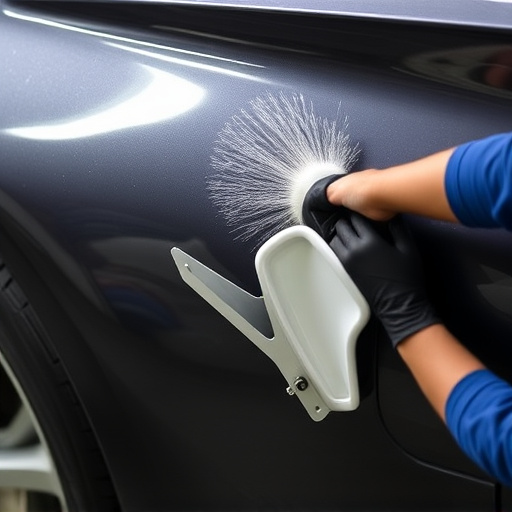
When evaluating a vehicle for paint work, understanding when a full repaint is necessary versus opting for custom color matching collision repair is crucial. Start by assessing the extent of any dents or damage. Minor dings and scratches can often be addressed through dent repair methods, which are both cost-effective and time-saving compared to a complete repaint. For more extensive damage, such as hail damage or significant paint imperfections, a full classic car restoration might be required.
Visual inspection alone may not always reveal the full scope of the issue. In cases of severe collision or extensive prior repairs, it’s wise to consult with a professional who can provide an accurate assessment. They will determine if the vehicle’s structural integrity is compromised and guide you towards the best course of action—whether that involves dent repair for less serious issues or a complete repaint for more complex scenarios like hail damage repair.
Cost-Effectiveness and Time-Saving Tips for Color Matching
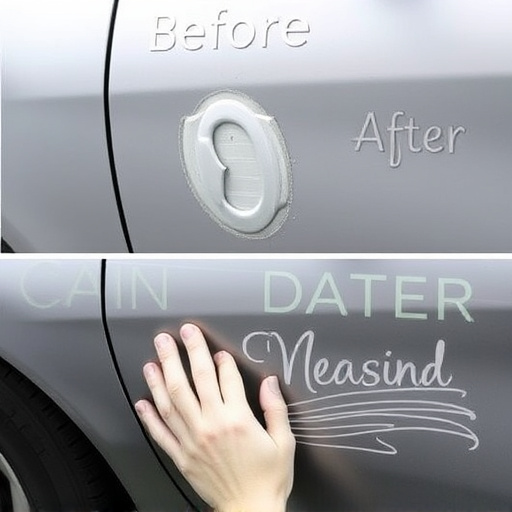
Custom color matching is a cost-effective alternative to a full repaint when it comes to auto body repair. By selecting this option, you can save significant time and money while still achieving a precise match to your vehicle’s original paint job. This process involves skillfully mixing pigments to recreate the exact hue, ensuring seamless integration with the existing bodywork services.
Unlike a complete overhaul, color matching focuses on repairing specific damaged areas without requiring a fresh coat of paint across the entire car. This targeted approach not only streamlines the repair process but also extends the lifespan of your vehicle’s finish. Moreover, it minimizes the environmental impact associated with painting, making it an eco-friendly choice for automotive body work enthusiasts who prioritize both quality and sustainability.
Custom color matching offers a practical solution for minor cosmetic damages, providing a cost-effective and time-saving alternative to a full repaint. By understanding when this method is viable and evaluating damage carefully, you can make an informed decision that best suits your needs. While full repaint may be necessary for significant or complex repairs, custom color matching allows for a more precise restoration of your vehicle’s original appearance without the associated costs and time investment.


